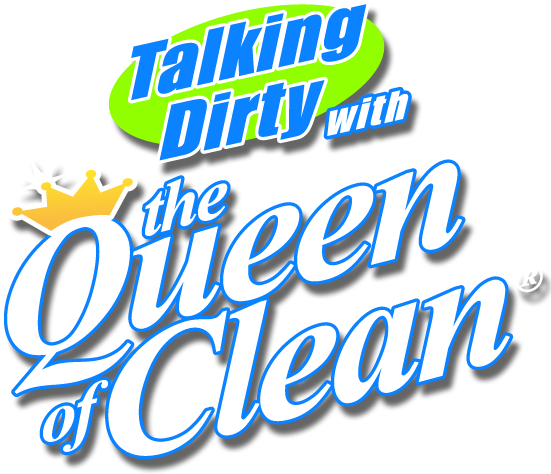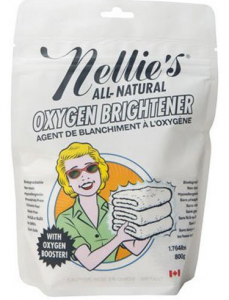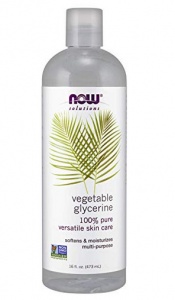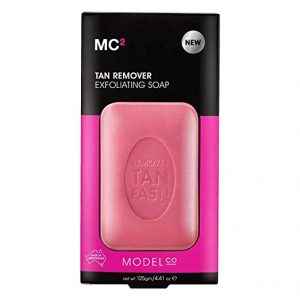CLEANING TIP SEARCH
Find your cleaning solution below
Removing Suntan Lotion Stains from Clothes – VIDEO
REMOVING SUNTAN LOTION STAINS FROM CLOTHES – As seen on 3TV/Phoenix (Good Morning Arizona) – Monday, June 10, 2019 (8:50am) & Saturday, June 15, 2019 (6:45am)
Watch the broadcast video at the bottom of this post
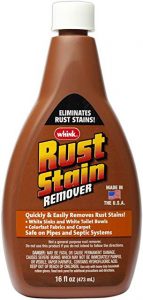

How To Remove Suntan Stains that don’t contain Avobenzone From Clothes
First, make sure your clothing is dry. Then, sprinkle the stain with baking soda to absorb any excess oil. Let sit for about 30 minutes. Next, brush off any excess powder, rub the stain with dishwashing liquid. Wait five minutes. Then, mix one teaspoon of laundry detergent into a bowl of hot water and let the garment soak for an hour. Afterwards, rinse the garment in hot water and launder normally
How to Remove Suntan Lotion Stains From:
Brick, Concrete, Flagstone, Granite, Limestone, Slate, Terrazzo
Wipe up any excess. Wash with a solution of washing soda or detergent (never soap) and water. Use a sponge or soft-bristled brush. Rinse thoroughly and allow to dry.
There’s also a natural remedy for rust stains that involves using lemon juice and salt. You’ll want to start by rinsing the stained section of the garment with cool water, then squeeze lemon juice on the stain. Lay the garment flat, and pour on a heavy pile of salt on the lemon juice. Let it sit overnight, brush away the salt and then launder as usual.
What Not to Do to a Sunscreen/Rust Stain
This is super important: When it comes to treating rust stains, skip the use of both chlorine and oxygenated bleaches, because they can make the stains worse.
Self-tanner lotions, wipe on tanning cloths, and spray on tans from a can or salon can stain clothes, towels, and sheets.
Remove Self-Tanner Stains from Washable Clothes And Other Fabrics
The entire purpose of self-tanners is to “stain” your skin so you look darker. Most contain dihydroxyacetone (DHA), a color additive, that colors your skin. That same additive can stain, sometimes permanently, your clothes or any fabric it touches when in a wet form.
Self-tanning formulas are a combination stain of dye and oil. Start by removing the oily portion first and then tackle the dye stain. Take your time and the stain usually comes out with some effort.
Treat the stained fabric as soon as possible. The longer the tanner remains on the fabric, the more difficult it is to remove. Even if you suspect that some of the tanner has gotten on fabric, begin treatment immediately. Don’t wait for the color to appear.
For washable fabrics, first flush stains as quickly as possible with cold water. Hold the fabric with the wrong side directly under a faucet with a running stream of cold water. This will force the self-tanner out of the fabric instead of pushing it deeper into the fibers by rubbing.
Mix a solution of liquid dishwashing detergent (this will help remove the oily component) and warm water and sponge the stain working from the outside of the stain to the inside. Rinse well with cold water. Immediately wash as usual in cold or warm water using a heavy duty detergent that contains stain-lifting enzymes. Check the stained area before placing the fabric in a dryer. If the stain remains, move to the next steps to remove the dye.

If the stain remains and the garment is light colored, you can use hydrogen peroxide to help remove the dye. Place the 3 % hydrogen peroxide on a cotton swab and dab it on the stain. If you are not sure if the garment is colorfast, test the hydrogen peroxide on an interior seam. If there is any transfer of color, do not use. Rinse with cold water after treating with hydrogen peroxide.

Do not place the garment in a dryer or hang in the sun until all stains are removed. High heat can permanently set self-tanner stains.
Removing From Hands

Lemon Juice
If you need to tone down your fake tan, dampen a towel with fresh lemon juice, pop it in the microwave for a few seconds, and gently rub it over your fake tan to lighten the shade.
Toothpaste
Whitening toothpaste is a great option if you need to remove small fake tan stains, such as in between your toes or fingers. Use it on an old toothbrush to rub off the stains.
Baking Soda
This is a brilliant DIY scrub when you want to remove tan from larger areas, such as your legs or arms. Simply mix a bit of water with some baking soda to create a paste, rub it all over your skin, wait a minute or two, and then wash it off.
